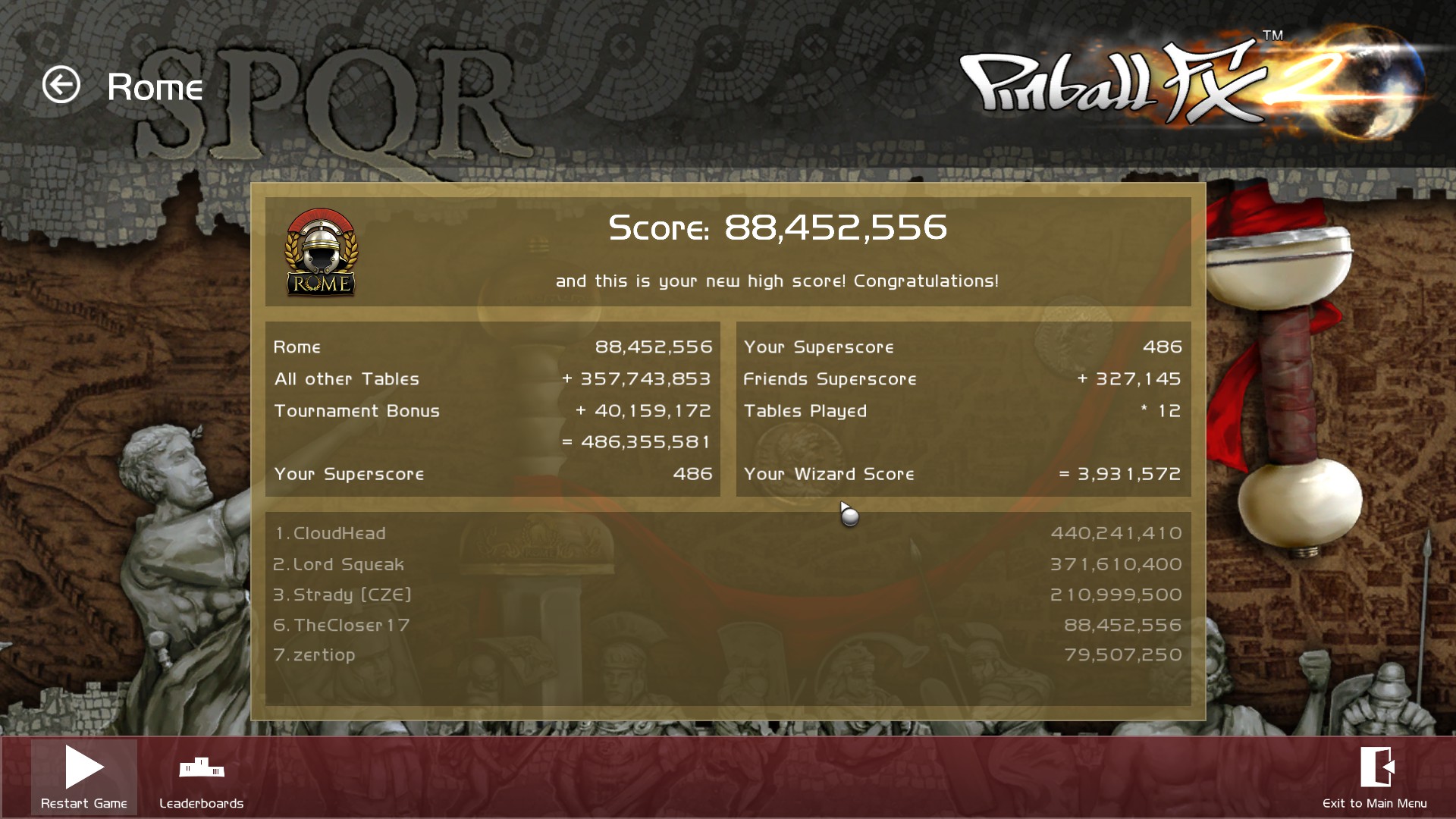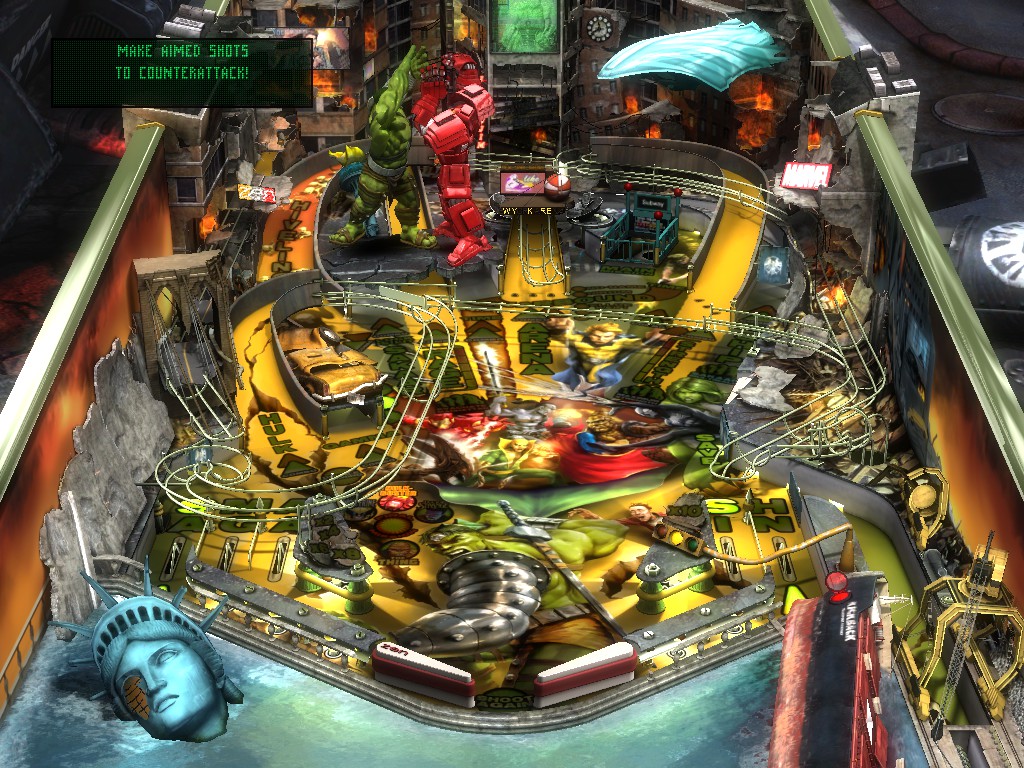

That's part of the problem with OP's post. It's personal preference, every machine is different, and screen size matters. A lot of people want to play at 4k/60 Hz and don't notice the difference.

A lot of people like higher refresh rates over higher resolution. However if you throw enough money at it, you can play at 240 Hz, which does make a pretty big difference. Not with our current technology, anyway.Ībsolutely true. It's something that can't be fully fixed.

Zen may be able to tighten up the programming a bit more, but the other factors will still come into play. Virtual pinball is in a different league of reproduction. And again, I'm not sure what can be helped. There is a definite noticable delay from action to response in all the virtual pinball games. But if we're talking about as close to instant as possible, none of the applications match up to the quick response I get from FPGA on a VGA analog monitor. The responses I was seeing between the click of the cherry switch activating and the flipper and sound was pretty good in my opinion. In a very unscientific test, I put my I-PAC controller board up against Pinball FX3, Wicked Pinball, Zaccaria, and Pinball Arcade. We're talking about real life graphics and physics reproduction that is far more taxing to replicate perfectly than old 8-bit and 16-bit consoles. Pinball, on the other hand, I don't know what can really be done to solve it. Some emulators have done a lot to cut it down to as low as possible or there are FPGA hardware based solutions that can be used. When you go from analog or instantaneous responses and then go to full digital latency, you can tell the difference. This is something the retro emulation community has been dealing with for years. HDMI itself also adds in a measure of digital signal latency over older VGA analog compatible signals but that's hard to mitigate and impossible for higher resolutions like if someone is going 4K for a playfield display. Monitors tend to be better in this regard than TVs, but two different models of LCD displays can offer different response times and affect when you see it and when you respond. Getting a good, low latency monitor helps, too. Arcade or retro controller boards may offer better experiences. They don't depend on tight response timings like retro systems or real pinball did. A PS4 controller isn't a bad controller, but it's a controller for modern gaming. Using a low latency controller board helps. That's also hoping something like Windows doesn't get in the way, too. HDMI latency, controller latency, and even the response time of your monitor all matter. Some amount of latency is always going to be present. This is something affecting all of computer based pinball. This is not strictly a Pinball FX3 issue.


 0 kommentar(er)
0 kommentar(er)
